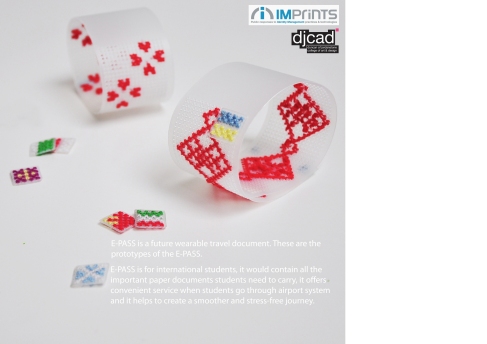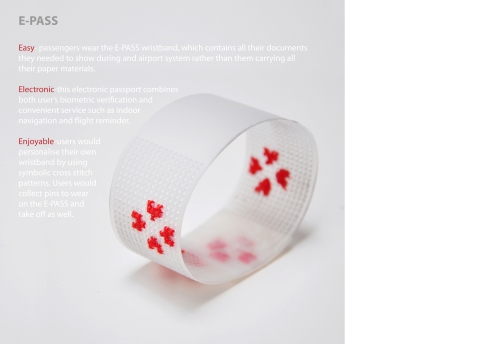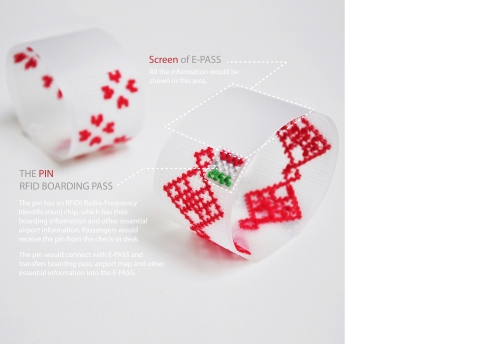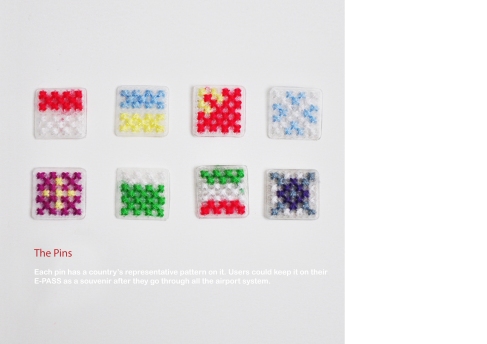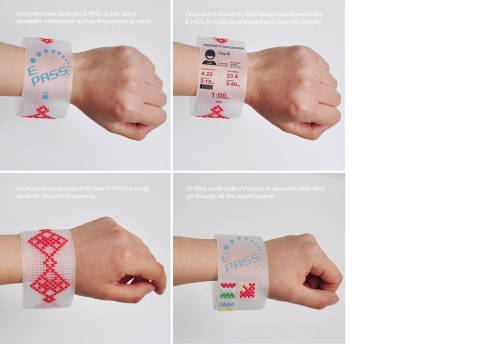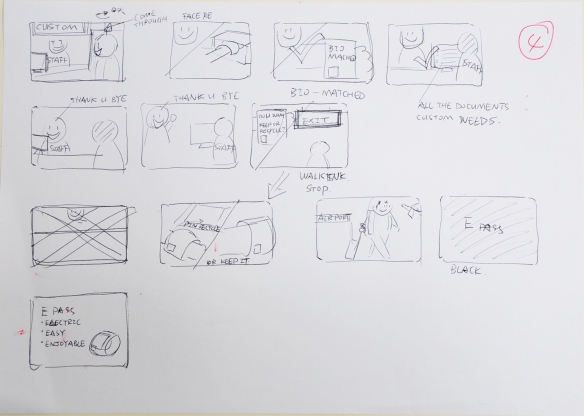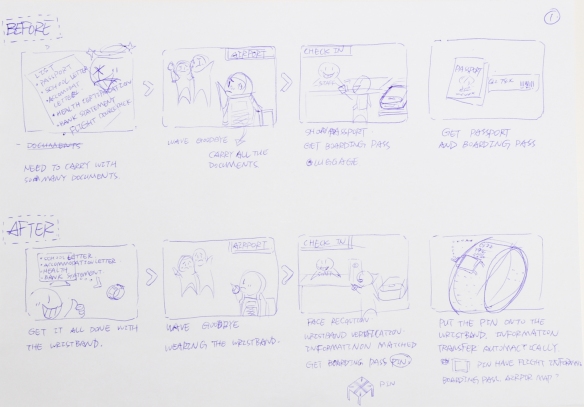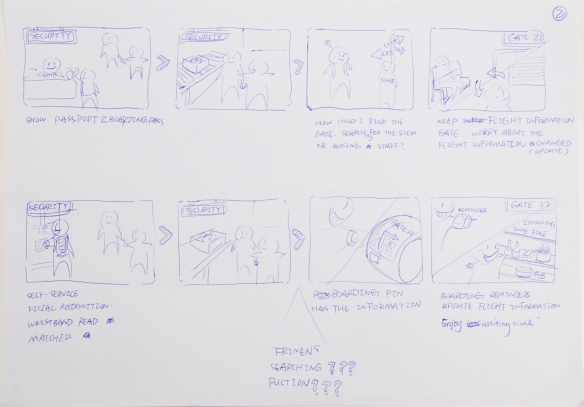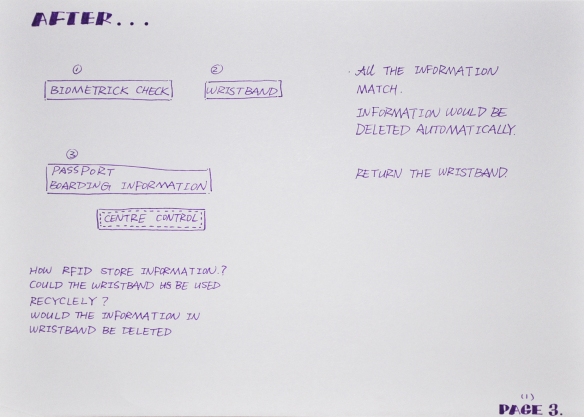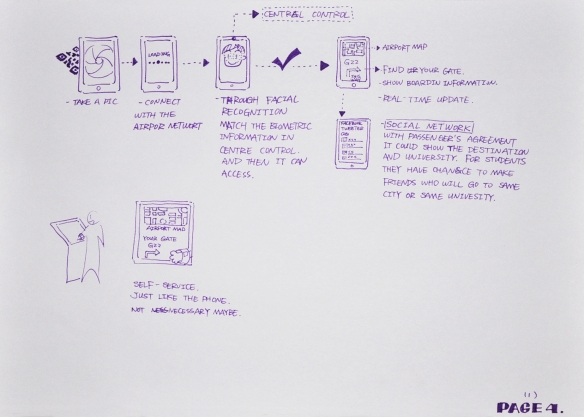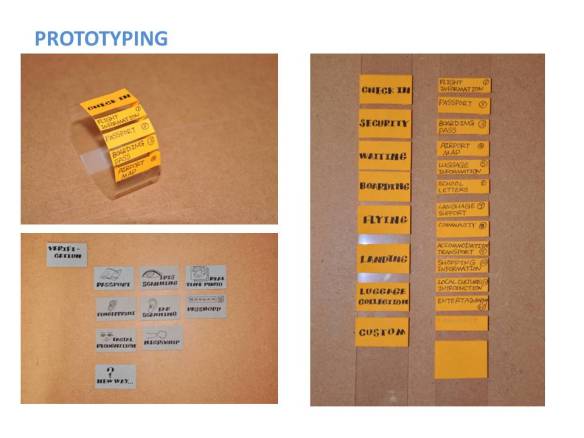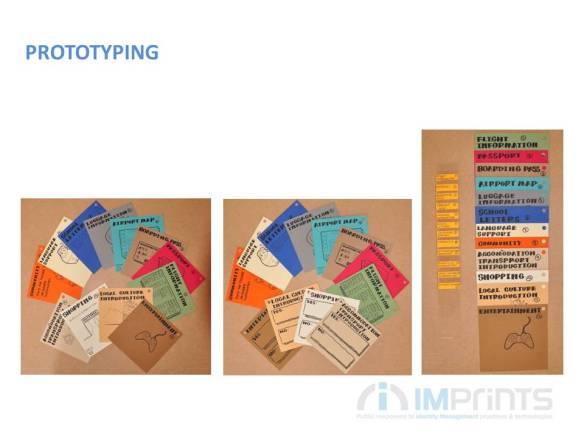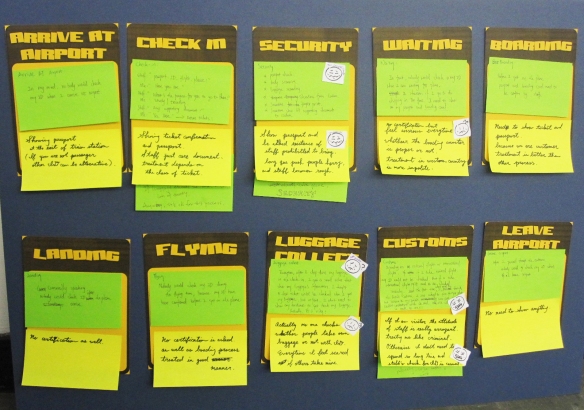Dave, F. 2008. Air New Zealand Readies for RFID-enabled Boarding Passes. RFID Journal,[online]. Available at:< http://www.rfidjournal.com/article/view/4472/>
Gemma, S. 2006. New RFID tech would track airport passengers. Available at:< http://news.cnet.com/new-rfid-tech-would-track-airport-passengers/2100-7355_3-6125799.html >
Hara, K. 2008. Designing design. Baden, Switzerland : Lars Müller Publishers.
Hayward, G. 2011. Psychology and Airport Security at the Royal Society. Available at:< http://psychwire.wordpress.com/2011/07/09/psychology-and-airport-security-at-the-royal-society/>
Jesse, E. 2012. Your brain could become your password. ABC Science,[online]. Available at:< http://www.abc.net.au/science/articles/2012/04/24/3487958.htm#artBookmarks>
Jody, T. 2010. Not just hearsay: Ear scans could ring in changes at airport security ID checks. Available at :< http://www.dailymail.co.uk/sciencetech/article-1319285/Ear-scans-ring-changes-airport-security-ID-checks.html>
Marc, F. 2011. Samsung flexible AMOLED display won’t crease, try as you might. Available at:< http://www.intomobile.com/2011/05/15/samsung-flexible-amoled-display-wont-crease-try-you-might/>
Sade, L. 2012. Home office seeks £12.8m facial recognition system. Guardian,[online]. Available at:< http://www.guardian.co.uk/government-computing-network/2012/jun/14/facial-recognition-home-office-ips>
Science Daily. 2011.The future of airport passport control. [online] Available at:< http://www.sciencedaily.com/releases/2011/10/111014104409.htm>
Rhea, W. 2009. RFID Makes Check-in Faster for Air France Passengers. RFID Journal,[online]. Available at:< http://www.rfidjournal.com/article/print/5236>
Sebastian, A. 2012. Indoor navigation on your smartphone, using the Eath’s magnetic field- just like a pigeon. Available at:< http://www.extremetech.com/computing/132484-indoor-navigation-on-your-smartphone-using-the-earths-magnetic-field-just-like-a-homing-pigeon>
Suzanne J.E. Tourtillott. 2002. Making beautiful beads :metal, glass, fiber, polymer clay. New York : Lark Books.
Warfel, T.Z. 2010. Prototyping : a practitioner’s guide. Brooklyn, New York. Rosenfeld Media.
xc95131. 2009. E-passport with flexible OLED by Samsung[SID 09] 2009. Available at: http://www.youtube.com/watch?v=CYMTFDydhNs&feature=share

